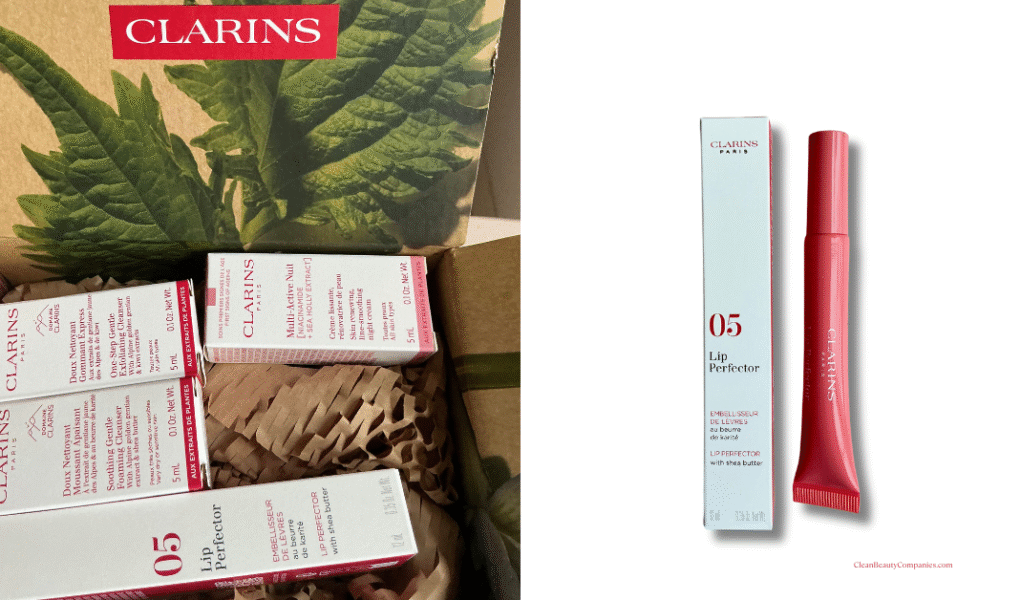Curiosity Killed the Cochineal Insect?
After posting about lip products favored by the British royal family, curiosity got the better of me. What is it about the Clarins Lip Perfector that would appeal to the future queen of England? Is it possible that her Wimbledon appearance with it was a subtle favor arranged by a stylist, or is it genuinely worth wearing? I decided to see for myself — as any good independent editor might.
But the ingredients list on the official website gave me pause: it ‘may contain carmine‘, the red pigment made from crushed female cochineal insects. Still, I assumed (perhaps too optimistically) that the Candy Shimmer shade might be an exception. I’m waiting on confirmation from Clarins, hence the title: Curiosity Killed the Cochineal Insect. Clarins customer service promptly responded and informed me that my inquiry has been forwarded to their Regulatory Department, and that they will get back to me as soon as possible.
As of June 28, 2025, Clarins customer care has confirmed that the Natural Lip Perfector in Candy Shimmer does not contain carmine. This is a welcome clarification for those seeking color cosmetics free of animal-derived pigments.
While not labeled as vegan, this shade aligns with the preferences of ingredient-conscious consumers looking for alternatives to insect-based dyes.
Beauty Starts With Transparency
The purchase experience was undeniably pleasant. I ordered directly from Clarins. The $30 Lip Perfector arrived swiftly in a beautifully designed box with the message:
“Beauty starts with transparency. Scan to trace your product from the field to you.”
Unfortunately, none of the codes I could find worked in the traceability tool, a hiccup in what otherwise felt like a thoughtful, polished customer journey.
Still, Clarins stood out for their restraint. No inbox-flooding, no aggressive upsells. Just three lovely samples and a sense of French elegance. They also offer a vegan-friendly skincare line (My Clarins), which is worth applauding.
Product Impressions
Candy Shimmer is, simply put, beautiful. It’s almost like a modern frost: soft, dimensional, and somehow still natural-looking. The color is fresh, flattering, and impressively long-lasting. Easily one of the prettiest lip products I’ve worn in recent memory.
That said, the inclusion of *parfum may be an issue for some consumers. Fragrance/parfum often contain undisclosed chemicals, some linked to hormone disruption, respiratory irritation, and skin sensitivity. Under U.S. regulations, companies can label these compounds simply as “fragrance” or “parfum” without disclosing their full makeup, a frustrating loophole. While the EU is more strict (requiring disclosure of known allergens like linalool or limonene), full transparency is still rare across the board.
Important point: *Clarins states explicitly that they do not use phthalates in their formulas.
Where to Shop the Lip Perfector
🛍️ Official Clarins Site: Clarins Lip Perfector (0.35 oz, $30)
Red Before Clean: From Toxic Glamour to Cochineal Controversy
While carmine raises ethical questions, it’s worth noting that it replaced earlier red pigments like vermilion, a vivid but highly toxic mercury-based compound once used in art and cosmetics. Carmine, despite its insect origins, is considered non-toxic and stable, which is why it remains in use today in lip products.



